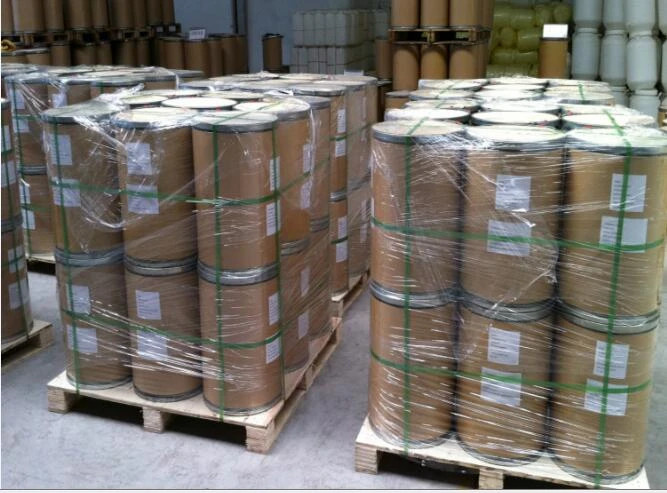Chemical Oxidation in Wastewater Treatment
Wastewater treatment is a critical component of modern environmental management. Among the various techniques employed, chemical oxidation has emerged as a powerful and efficient method to degrade pollutants, particularly in complex industrial effluents. This article explores the principles and advantages of chemical oxidation, the typical oxidants used, and the challenges associated with its implementation in wastewater treatment.
Chemical oxidation involves the use of chemical agents, known as oxidants, to convert hazardous organic and inorganic compounds in wastewater into less harmful substances. This process typically occurs in a controlled environment, allowing for the effective breakdown of contaminants. The primary goal is to reduce biochemical oxygen demand (BOD), chemical oxygen demand (COD), and to eliminate toxic compounds, pathogens, and other undesired contaminants.
One of the most common oxidizing agents used in wastewater treatment is chlorine. Chlorine is well-known for its disinfecting properties, making it effective against bacteria and viruses. However, its use has raised concerns regarding the formation of harmful by-products, such as trihalomethanes (THMs), which can pose health risks. Other oxidants, such as ozone and hydrogen peroxide, are also widely used. Ozone, for instance, is a powerful oxidizer that not only kills pathogens but also breaks down organic pollutants without leaving harmful residuals. Hydrogen peroxide, often used in conjunction with catalysts, can effectively degrade a range of organic contaminants and is valued for its ability to produce hydroxyl radicals, which are highly reactive and can react with various organic compounds.
One of the significant advantages of chemical oxidation is its versatility. It can be used to treat a wide range of wastewater types, including those from industrial, municipal, and agricultural sources. The process can be effectively integrated into existing treatment systems, enhancing the overall efficacy of the water treatment process. Moreover, it often requires less land area and can be implemented in smaller scale systems compared to more traditional biological treatment processes.
chemical oxidation in wastewater treatment

The speed of the chemical oxidation process is another critical factor that contributes to its attractiveness. Chemical reactions typically occur quickly, allowing for reduced treatment times and improved operational efficiencies. This rapid action is particularly beneficial in situations where immediate pollutant removal is essential.
However, despite its advantages, chemical oxidation does pose several challenges. The selection and management of oxidants must be carefully considered to avoid the formation of harmful by-products and to ensure the effectiveness of the treatment. Additionally, some oxidants can be hazardous and require stringent handling and storage practices. Economic considerations also play a significant role, as the cost of chemicals and operational expenses can impact the feasibility of using chemical oxidation, especially in larger wastewater treatment plants.
The development of new technologies and innovative approaches continues to enhance the effectiveness of chemical oxidation in wastewater treatment. Advanced oxidation processes (AOPs), which combine two or more oxidants to produce highly reactive species, have gained popularity in recent years. These methods, which often include combinations of ozone, hydrogen peroxide, and UV radiation, can target a broader spectrum of contaminants, including those that are particularly resistant to traditional oxidation techniques.
In conclusion, chemical oxidation stands out as a powerful method for treating wastewater, offering significant advantages in terms of versatility and speed. As regulatory standards for wastewater discharge become more stringent, the importance of effective treatment methods like chemical oxidation is likely to increase. By continuing to innovate and improve these processes, we can enhance water quality, protect public health, and safeguard the environment for future generations.

